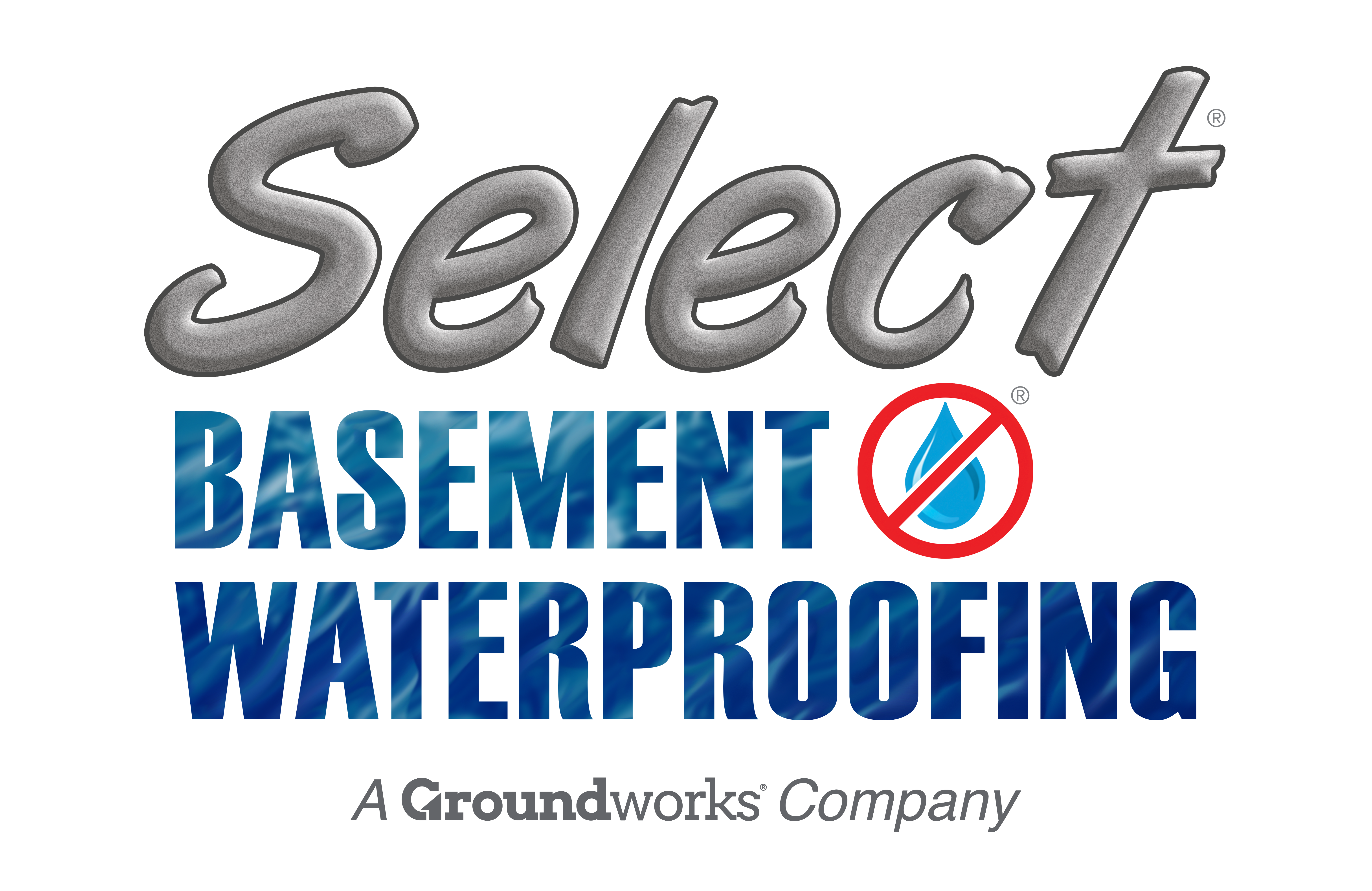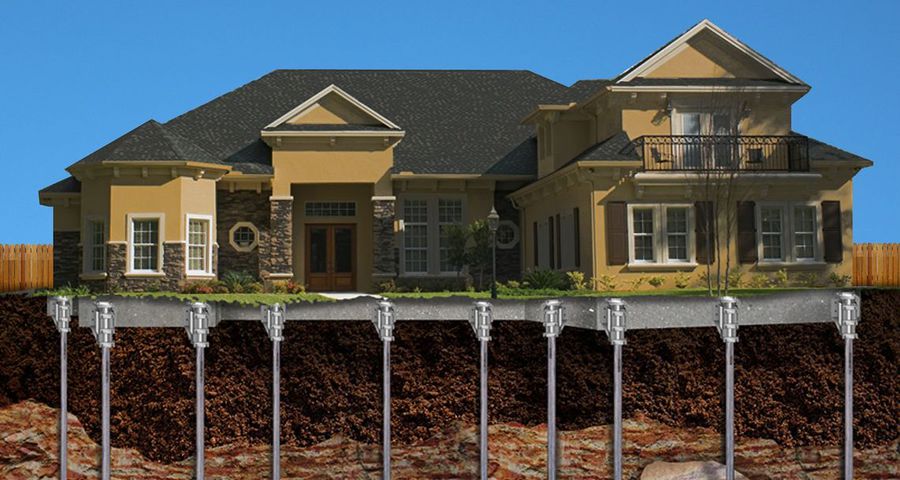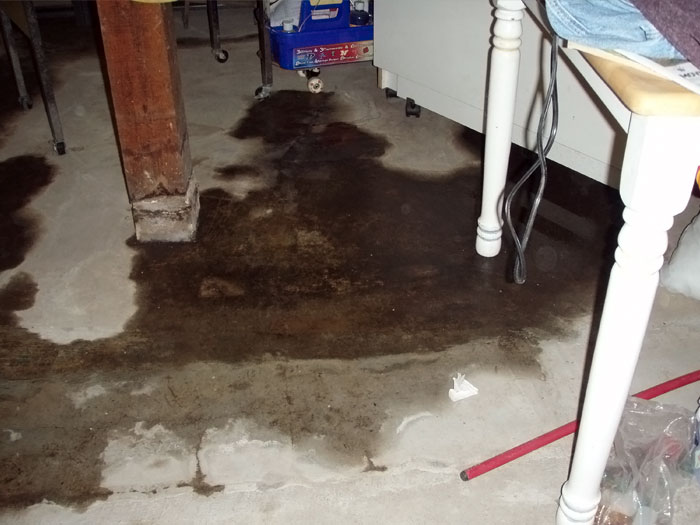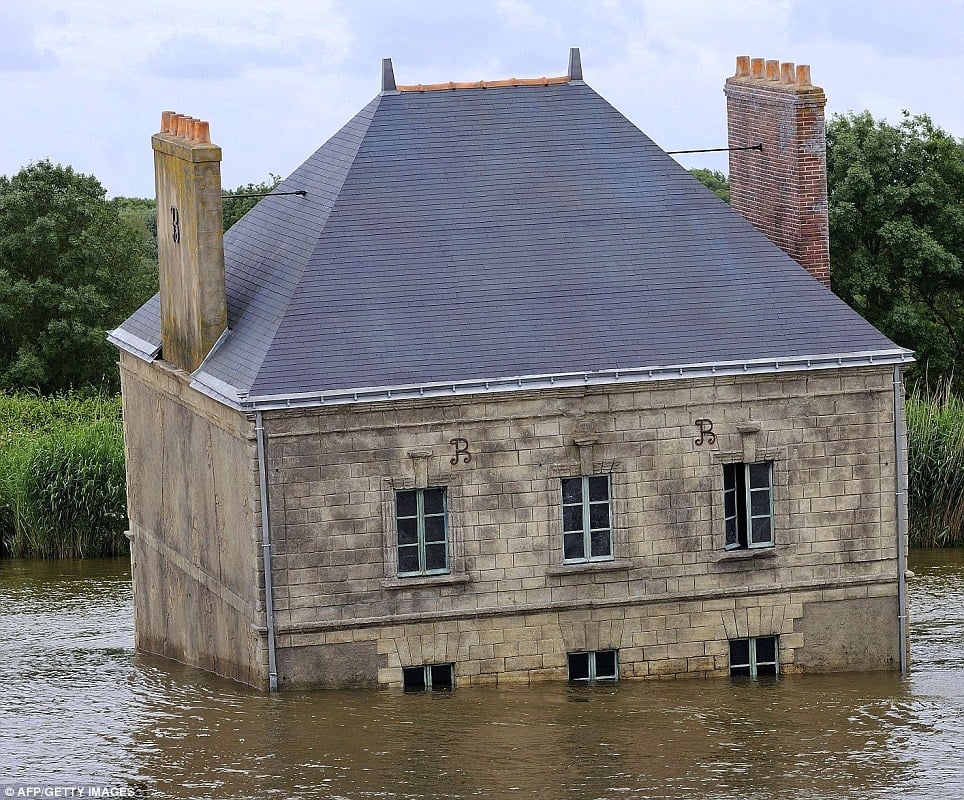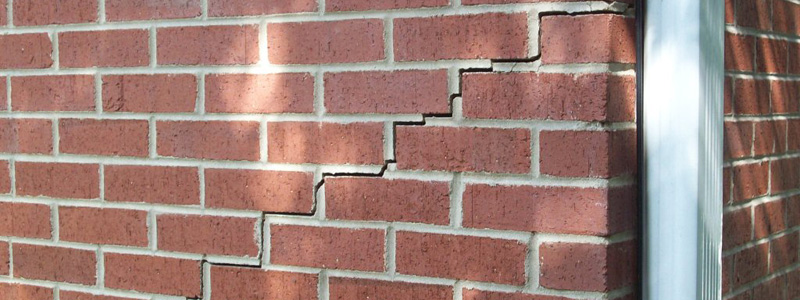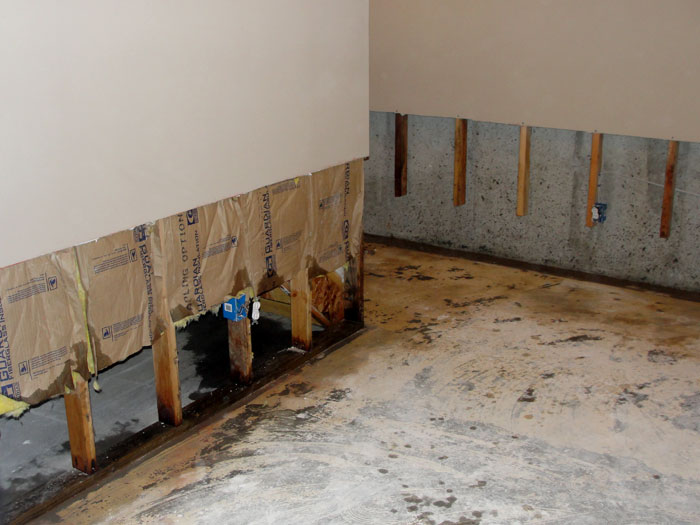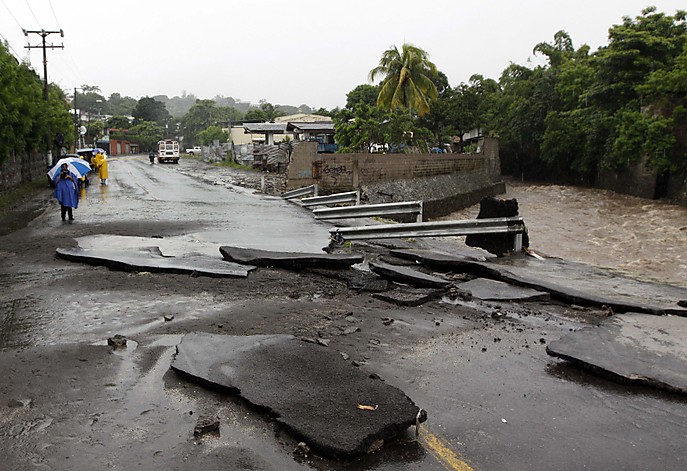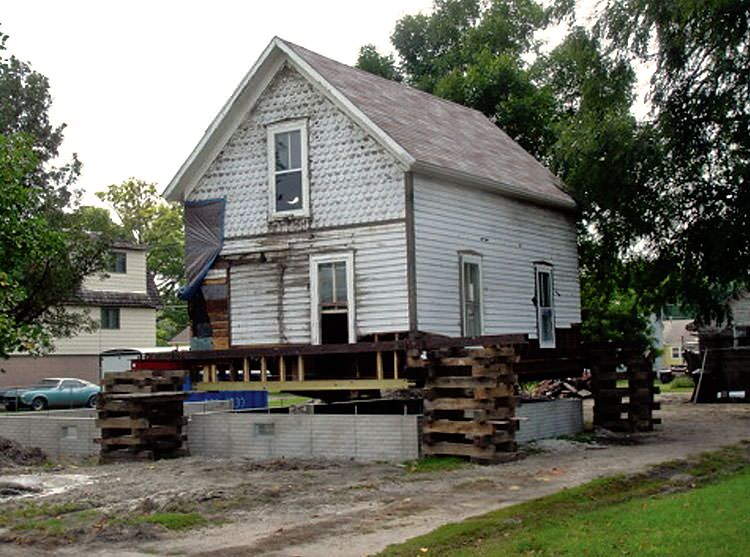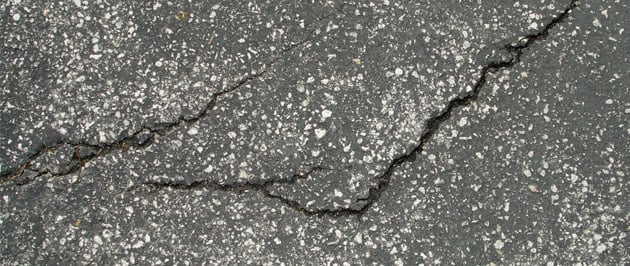Foundation Repair in Trenton NJ
After the roofs, the foundations are probably the most heavy component of a house. They have to hold up the entire structure in a way that it lasts a lifetime.
Unlike other consumer goods, foundations are not engineered with, what in architectural terms is called a planned obsolescence built in. They are intended to last forever.
They can, however be damaged to the point of needing foundation repair. In severe cases, they might just fail. While such circumstances are rare, they are also, to a certain extent, avoidable and with proper maintenance, preventable. Here are a few reasons why a foundation may fail.
Soil type: There are many types of soil and depending on which region or locality you are from, it can either be stable or prone to wild movement. Clayey soil is the worst offender in that they expand and contract depending on how much water they soak up.
A particularly dry summer can cause the soil to shrink noticeably, while a flood can make it swell. If it happens enough times and you don’t notice, your foundation can fail.
Insufficient fill material: Most often, foundations are made and filled in with a number of different materials. If they are not mixed properly, or are the type that tend to settle in later, they can shift over the course of time. The issue can be reversed with simple foundation repair techniques.
Mass wasting: Mass wasting is a geographical term for the ground moving away. It is a serious issue in hilly regions and in places where the topography is not level. It is similar to a landslide, but takes months and sometimes years to slowly slip away.
A landslide is fast and happens within a matter of minutes, while mass wasting takes time and can be invisible till its too late.
Bad construction: Sometimes, your contractor may just do a shoddy job. Badly constructed buildings have to go through foundation repair procedures more than the well planned ones. If your home is not built well, repair it now and avert further damage easily.
Note that most of the above foundation repair causers can be reversed if caught early. A lot is happening in the ground under your home, most of it invisible. But if you have a keen enough eye, you catch it early and before there is any permanent damage.
